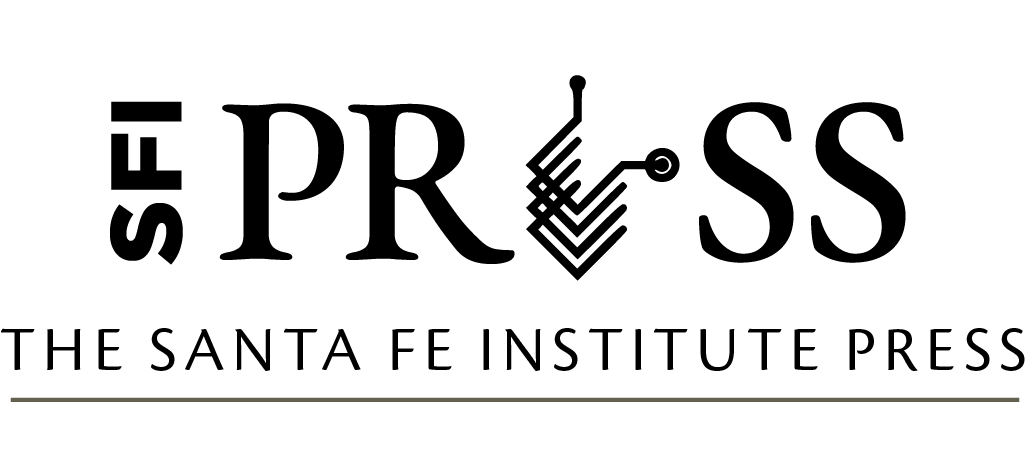Worlds Hidden in Plain Sight pp. 243-247
DOI:
23: Predicting the Next Recession
Authors: Rob Axtell and J. Doyne Farmer
Excerpt
The 2008 financial crisis—which cost the United States economy between $6 trillion and $14 trillion and the world economy a great deal more—shook the world of finance to its foundation.
It hit the most vulnerable particularly hard, as unemployment in the United States doubled from 5 to 10 percent, and, in several countries in southern Europe, one in four people who want a job are still unable to find work—roughly the unemployment rate the US experienced during the Great Depression.
It’s now old hat to point out that very few experts saw it coming. We shouldn’t be too hard on them, though. Surprisingly, the US investment in developing a better theoretical understanding of the economy is very small—around $50 million in annual funding from the National Science Foundation—or just 0.0005 percent of a $10 trillion crisis.
With the Eurozone crisis still unfolding and financial panics now a regular occurrence on Wall Street, the next trillion-dollar meltdown might not be that far away. We justifiably spend billions trying to understand the weather, the climate, the oceans, and the polar regions. Why is the budget for basic research in economics, something that touches us all directly and daily, so paltry?
We think this has something to do with the way economics research is traditionally done, and we have a better way: loading millions of artificial households, firms, and people into a computer and watching what happens when they are allowed to interact.
BACK TO Worlds Hidden in Plain Sight
